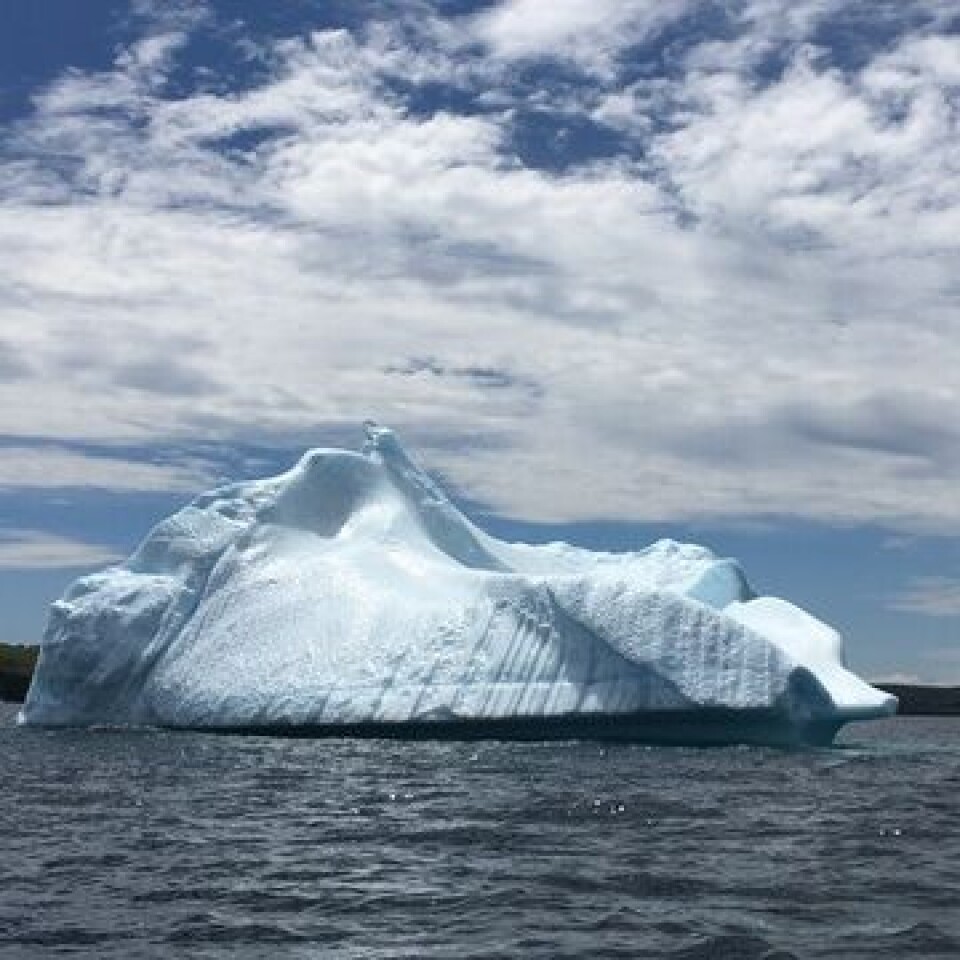
Sea ice could pose potential problems for Grieg NL
Grieg NL could be dealing with a potential sea ice issue in Placentia Bay based on findings in a report commissioned by the Atlantic Salmon Federation.
A series of problems has plagued the Placentia Bay project from going forward. The Atlantic Salmon Federation (ASF) has released a potentially problematic report by Bruce Colbourne. Colbourne is a professor of ocean and naval architectural engineering at Memorial University in Newfoundland.
In the report obtained by the Canadian Broadcasting Corporation, Colbourne concluded that "Placentia Bay is generally viewed as a relatively ice free bay, but historical data indicates ice does occur in the bay and in the regions proposed for the fish farm cages."
Colbourne was commissioned in 2018 by the ASF to review an environmental assessment of Placentia Bay. He advised that the 15 percent annual risk of ice events in Placentia Bay should be re-calculated to forecast a longer period of time. Colbourne also claimed that “significant ice events” would only occur every eight to ten years.
Environmental assessment
"Assuming the proposed operation will continue for a period longer than 10 years there will be years in which sea ice does occur at the cage sites.” Colbourne added that the type of ice would measure 0.3 to 1.0m in thickness. This thickness is enough to cause complications during sea cage installations.
The ASF has been opposing the site build since it was proposed and has taken the matter to court. The government of Newfoundland and Labrador has given the green light to Grieg NL to conduct an environmental assessment. The government has also provided Grieg NL with a $30 million repayable loan that will go towards the Placentia Bay project.
If the proposed project moves forward it will create 800 new jobs. The project is worth $250 million and will include a land based hatchery, 11 farms at four sea locations and a land based processing plant. The Placentia Bay project when complete will be one of Canada’s largest aquaculture operations. The project should be completed by 2025 pending the results of another environmental assessment.
Placentia Bay is a body of water on the southeast coast of Newfoundland, Canada. It is formed by Burin Peninsula on the west and Avalon Peninsula on the east.























































